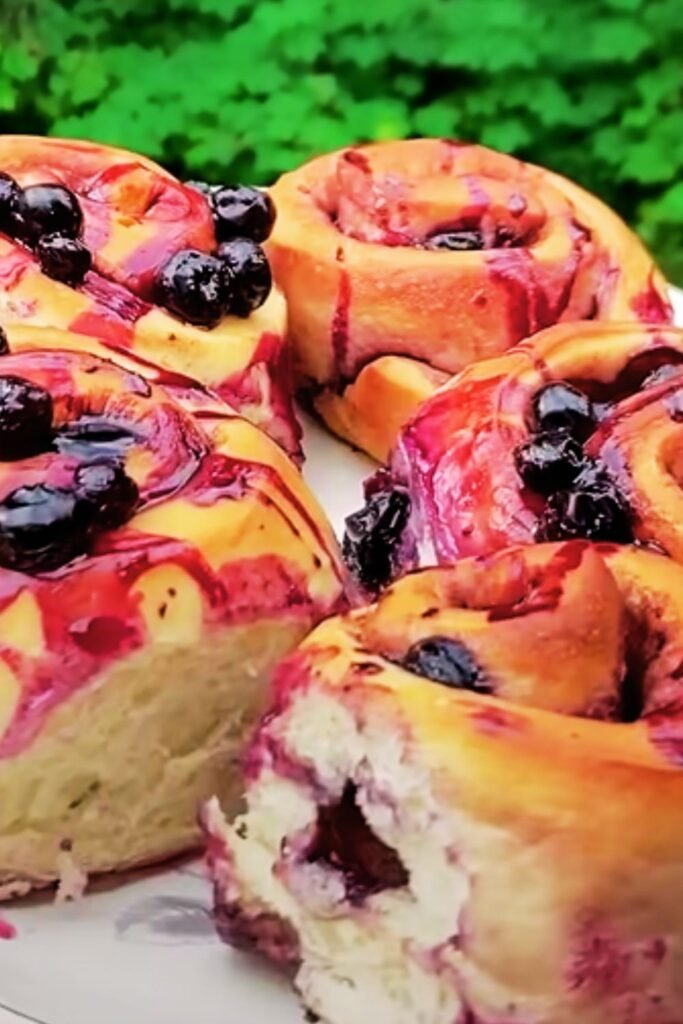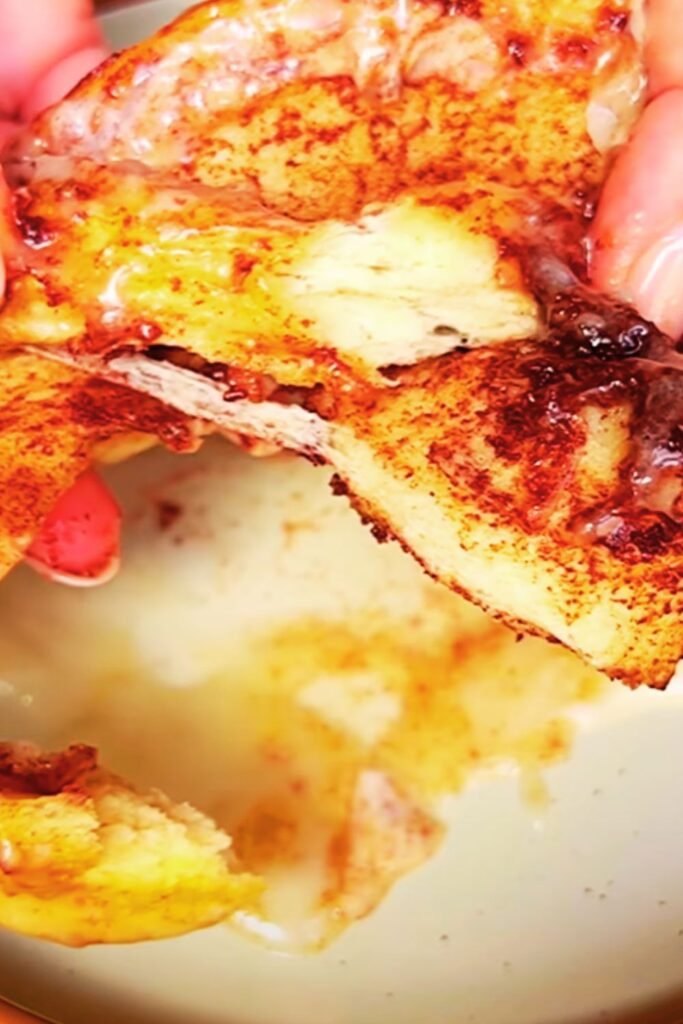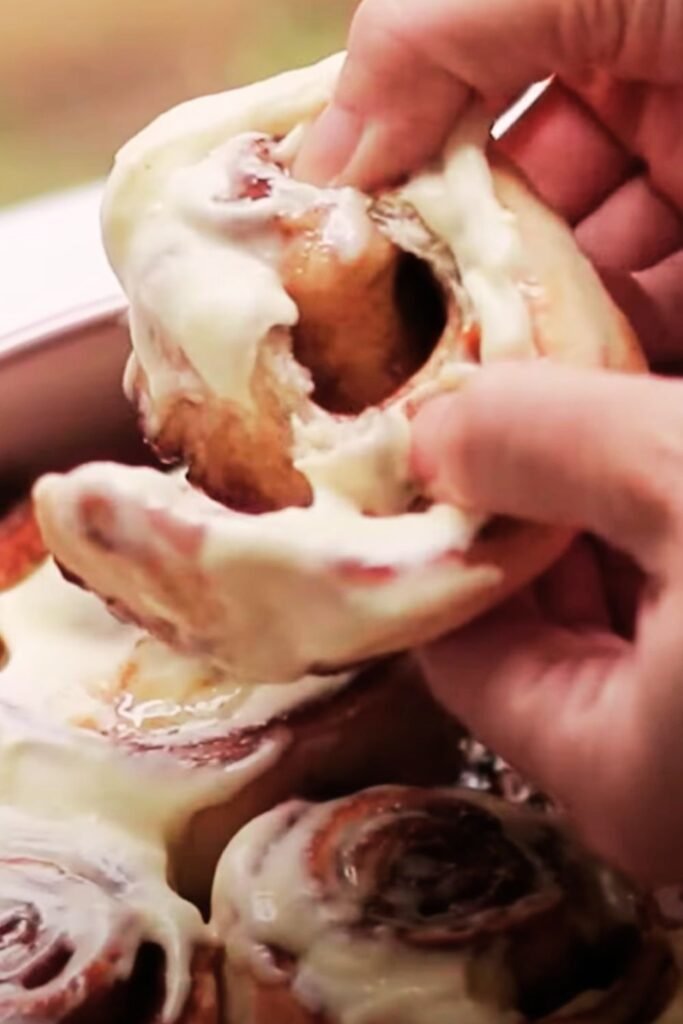I’ve been experimenting with matcha in my baking for years now, and I can confidently say that these matcha crinkle cookies represent the perfect marriage between traditional Japanese flavors and beloved American cookie classics. The moment I first bit into one of these emerald-hued beauties, with their characteristic cracked exterior revealing a tender, chewy center, I knew I had discovered something truly special.
These aren’t just ordinary cookies with a splash of green tea powder thrown in for color. My matcha crinkle cookies are carefully crafted to balance the earthy, slightly bitter notes of premium matcha with just the right amount of sweetness. The result is a sophisticated treat that appeals to both matcha enthusiasts and those who might be hesitant about trying this unique Japanese ingredient.
Understanding Matcha: The Heart of These Cookies
Matcha : A finely ground powder made from specially grown and processed green tea leaves, offering a concentrated flavor and vibrant green color
Ceremonial Grade Matcha : The highest quality matcha, stone-ground and perfect for baking applications where flavor matters most
Culinary Grade Matcha : A more affordable option suitable for cooking and baking, though with slightly less refined flavor
The key to exceptional matcha crinkle cookies lies in understanding your matcha. I’ve tested countless brands and grades, and I can tell you that the quality makes an enormous difference. Premium matcha delivers that signature umami depth alongside subtle sweetness, while lower-grade versions can taste bitter or grassy.
Essential Ingredients and Their Roles
Creating the perfect matcha crinkle cookie requires attention to each component. Here’s my carefully curated ingredient list with explanations of why each element matters:
| Ingredient | Quantity | Purpose | Quality Notes |
|---|---|---|---|
| All-purpose flour | 2¼ cups | Structure and texture | Use unbleached for better flavor |
| Matcha powder | 3 tablespoons | Primary flavor and color | Ceremonial or high-quality culinary grade |
| Baking soda | 1 teaspoon | Leavening agent | Fresh for best rise |
| Salt | ½ teaspoon | Flavor enhancement | Fine sea salt preferred |
| Unsalted butter | 1 cup | Richness and texture | Room temperature, European style |
| Granulated sugar | ¾ cup | Sweetness and structure | Organic cane sugar recommended |
| Brown sugar | ½ cup | Moisture and chewiness | Dark brown for deeper flavor |
| Large eggs | 2 | Binding and richness | Room temperature for better mixing |
| Vanilla extract | 1 teaspoon | Complementary flavor | Pure vanilla, never artificial |
| Powdered sugar | 1 cup | Coating for crinkle effect | Sifted for smooth application |

The Science Behind the Perfect Crinkle
The magic of crinkle cookies lies in their unique texture and appearance. When I first started making these, I was fascinated by the science behind that distinctive cracked surface. The cookies begin with a smooth exterior coated in powdered sugar, but as they bake, the interior expands faster than the outer shell can accommodate, creating those beautiful fissures that reveal the vibrant green interior.
My technique involves chilling the dough thoroughly before rolling and coating. This temperature contrast ensures that the exterior sets quickly in the oven while the interior continues to expand, creating maximum crinkle effect. I’ve found that cookies rolled at room temperature simply don’t achieve the same dramatic appearance.
Step-by-Step Baking Process
Preparation Phase
I always begin by preparing my workspace and ingredients. This methodical approach ensures consistent results every time:
- Preheat oven to 350°F (175°C)
- Line baking sheets with parchment paper
- Sift matcha powder to eliminate lumps
- Bring eggs and butter to room temperature
- Set up rolling station with powdered sugar
Mixing the Dough
The mixing process requires patience and attention to detail. I’ve learned that rushing this step often results in tough cookies:
- Cream butter and sugars: I use my stand mixer on medium speed for exactly 3 minutes, until the mixture becomes light and fluffy
- Add eggs gradually: One at a time, ensuring each is fully incorporated before adding the next
- Incorporate vanilla: Mix just until combined
- Combine dry ingredients: In a separate bowl, I whisk together flour, matcha, baking soda, and salt
- Final mixing: Add dry ingredients to wet ingredients on low speed, mixing only until just combined

Shaping and Coating
This stage determines the final appearance of your cookies:
- Chill dough for at least 30 minutes
- Roll into 1½-inch balls using a cookie scoop for consistency
- Roll each ball thoroughly in powdered sugar
- Place on prepared baking sheets, spacing 2 inches apart
Baking to Perfection
My baking technique ensures optimal texture and appearance:
- Bake for 10-12 minutes, rotating pans halfway through
- Look for set edges and prominent cracks
- Centers should appear slightly underbaked
- Cool on baking sheet for 5 minutes before transferring
Texture and Flavor Profile Analysis
The ideal matcha crinkle cookie offers a complex sensory experience that I’ve spent years perfecting:
| Characteristic | Description | Achievement Method |
|---|---|---|
| Exterior | Crispy, crackled surface | Powdered sugar coating + proper baking temperature |
| Interior | Soft, chewy center | Careful mixing, slight underbaking |
| Color | Vibrant green with white cracks | High-quality matcha, generous sugar coating |
| Flavor | Balanced earthy-sweet profile | Premium matcha, proper sugar ratios |
| Aroma | Distinctive matcha fragrance | Fresh, high-grade matcha powder |
Troubleshooting Common Issues
Through my extensive testing, I’ve encountered and solved numerous problems that home bakers face:
Cookies spreading too much : Usually indicates butter was too warm or dough wasn’t chilled adequately
Insufficient cracking : Often results from old baking soda or inadequate powdered sugar coating
Bitter taste : Typically caused by low-quality matcha or excessive amounts
Pale green color : Indicates insufficient matcha or poor-quality powder
Dense texture : Usually from overmixing the dough after adding flour

Storage and Serving Recommendations
Proper storage maintains the cookies’ optimal texture and flavor:
Short-term Storage
I recommend storing these cookies in an airtight container at room temperature for up to one week. Place parchment paper between layers to prevent sticking and maintain their appearance.
Long-term Storage
For longer storage, I freeze the baked cookies in freezer-safe containers for up to three months. Thaw at room temperature for about 30 minutes before serving.
Serving Suggestions
These cookies pair beautifully with:
- Hot green tea or matcha lattes
- Vanilla ice cream for an elegant dessert
- Fresh fruit, particularly strawberries or pears
- Light, creamy desserts as an accompaniment
Nutritional Information and Dietary Modifications
| Nutrient | Per Cookie (makes 24) | Daily Value % |
|---|---|---|
| Calories | 185 | 9% |
| Total Fat | 8g | 12% |
| Saturated Fat | 5g | 25% |
| Cholesterol | 35mg | 12% |
| Sodium | 120mg | 5% |
| Carbohydrates | 28g | 9% |
| Fiber | 1g | 4% |
| Sugar | 18g | – |
| Protein | 3g | 6% |
Dietary Adaptations
I’ve successfully modified this recipe for various dietary needs:
Gluten-Free Version: Replace all-purpose flour with a 1:1 gluten-free baking blend. Add ¼ teaspoon xanthan gum if your blend doesn’t include it.
Vegan Alternative: Substitute butter with vegan butter and replace eggs with flax eggs (2 tablespoons ground flaxseed mixed with 6 tablespoons water, let sit 5 minutes).
Reduced Sugar: Decrease granulated sugar to ½ cup and brown sugar to ⅓ cup. The cookies will be less sweet but still delicious.
Advanced Techniques and Variations
After mastering the basic recipe, I’ve developed several exciting variations:
White Chocolate Matcha Crinkles
Add ½ cup white chocolate chips to the dough for extra richness and complementary sweetness.
Matcha Coconut Crinkles
Incorporate ¼ cup toasted coconut flakes for tropical flair and additional texture.
Double Matcha Intensity
Increase matcha powder to 4 tablespoons for more pronounced flavor and deeper color.
Matcha Almond Crinkles
Replace vanilla extract with almond extract and add ¼ cup chopped toasted almonds.
Q&A Section
Q. Can I make the dough ahead of time? Absolutely! I often prepare the dough up to 2 days in advance and store it covered in the refrigerator. You can also freeze portioned cookie dough balls for up to 3 months.
Q. Why do my cookies look more yellow-green than vibrant green? This usually indicates either low-quality matcha or insufficient quantity. I recommend using at least 3 tablespoons of high-grade matcha powder for proper color and flavor.
Q. How do I prevent the powdered sugar from completely disappearing during baking? Make sure your dough is properly chilled, and don’t skip the generous coating. I often do a double coating – roll once, then roll again in fresh powdered sugar.
Q. Can I substitute matcha with other flavors? While you can experiment with other powdered flavors, matcha’s unique properties contribute to both color and texture. Cocoa powder works but creates an entirely different cookie.
Q. What’s the best way to measure matcha powder accurately? I always sift my matcha first, then spoon it into measuring spoons rather than scooping directly. This prevents compressed measurements that could make cookies bitter.
Q. Why don’t my cookies have the characteristic chewy center? Overbaking is the most common culprit. Remove cookies when edges are set but centers still appear slightly soft. They’ll continue cooking on the hot pan.
Q. Is there a way to make these cookies less sweet? You can reduce the granulated sugar slightly, but I don’t recommend going below ½ cup as it affects texture. Instead, try using dark brown sugar for more complex sweetness.
Q. How do I know if my matcha powder is still fresh? Fresh matcha should be vibrant green and have a sweet, grassy aroma. If it’s yellowish or smells stale, it’s time to replace it.
These matcha crinkle cookies have become my signature treat, perfect for introducing people to the wonderful world of matcha while delivering all the comfort of a classic American cookie. The combination of that distinctive crackled appearance, the beautiful contrast between the white powdered sugar exterior and emerald interior, and the sophisticated flavor profile makes them irresistible to both matcha newcomers and enthusiasts alike.
I encourage you to experiment with this recipe and make it your own. Start with my base recipe, then gradually adjust the matcha intensity or try some of the variations I’ve suggested. Most importantly, don’t be discouraged if your first batch isn’t perfect – even I needed several attempts to achieve the ideal balance of flavor, texture, and appearance that makes these cookies so special.